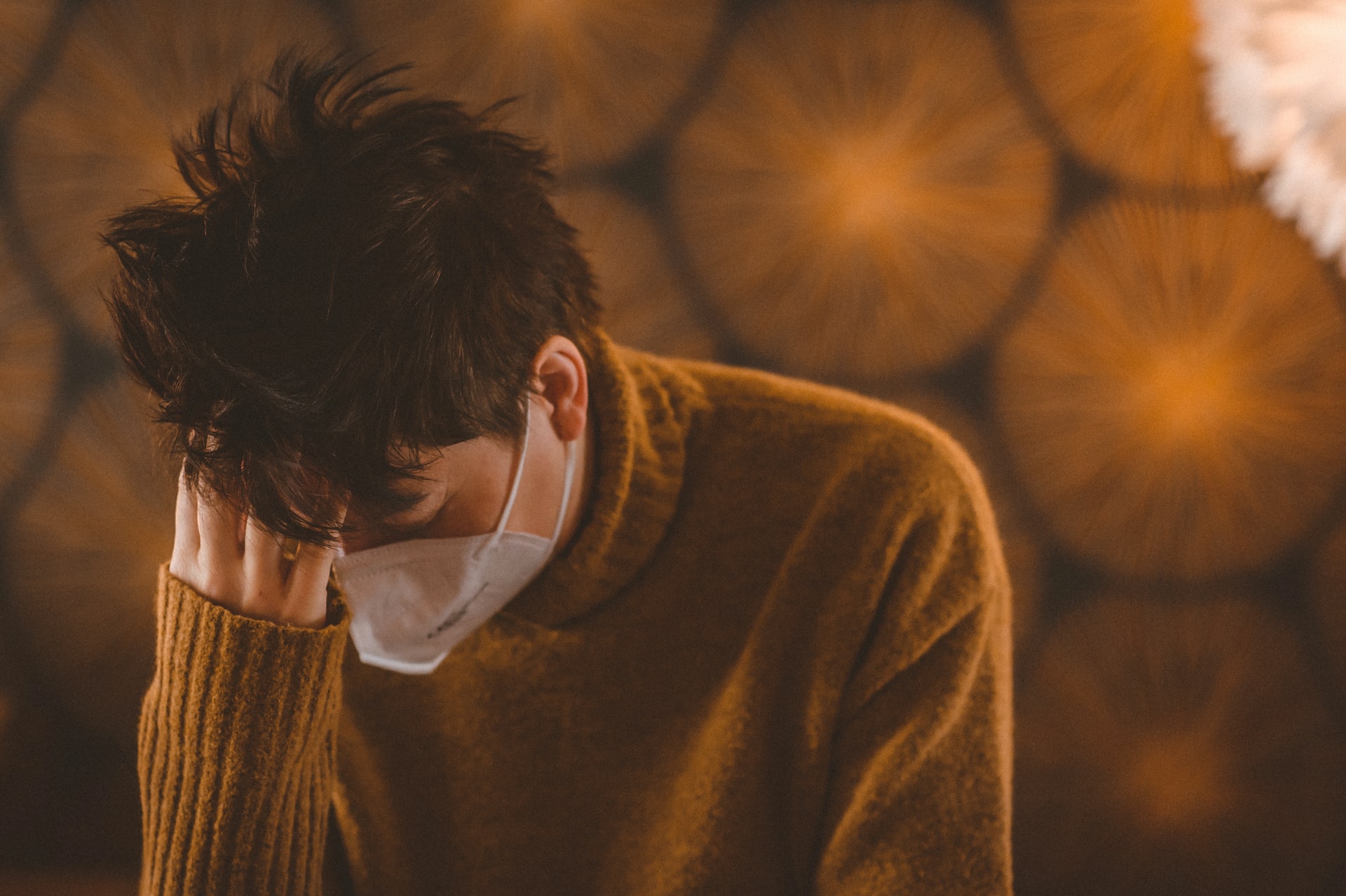General Anxiety and the Pandemic.
It is without a shadow of a doubt that the COVID-19 pandemic has brought with it immense stress and has created a multitude of implications impacting our daily lives. It has posed an especially daunting challenge for those of us who already navigate anxiety symptoms on a daily basis, creating more to be anxious about. Some of the most prevalent and well-known anxiety disorders are generalized anxiety disorder (GAD), obsessive-compulsive disorder (OCD), panic disorder (DO), post-traumatic stress disorder (PTSD), and social phobia (or social anxiety disorder). Anxiety symptoms can interfere with daily activities and cause a great deal of distress for those who endure them.
Psychological impact.
According to the American Psychiatric Association, anxiety disorders are the most common mental disorders, affecting around 30% of adults during some period in their lives (2021). Though all identities can experience anxiety, women are more likely than men to experience anxiety disorders (American Psychiatric Association, 2021).
In a study comparing adults’ anxiety levels in the United States in the year 2019 with 2020 (the year the pandemic spread to the United States), the proportion of participants with high levels of anxiety symptoms increased from 8.1% in 2019 to 21.4% in 2020 with levels remaining above the 2019 statistics for the remainder of 2020 (Daly & Robinson, 2021).
How to help.
Seeking the support of mental health professionals is always advised for those already diagnosed with an anxiety disorder or those experiencing anxiety symptoms. Psychotherapists can provide us with support and skills to work with anxiety symptoms in a way that makes them more manageable and less distressing to us. Psychiatrists can do the same with the added benefit of medication management as part of a treatment plan.
It may also help to limit our exposure to the news. Though it is important to stay up to date with what is happening around us, sometimes prolonged news exposure can contribute to anxiety symptoms and excessive worry. We can check in with ourselves regarding how often we view news content that is distressing to us, finding a balance where we remain informed but do not become so entrenched in the news to the point where we experience heightened anxiety symptoms
An important, mentionable way to help is merely taking good care of ourselves in terms of our basic needs. This means getting adequate sleep, making sure we eat healthy food, maintaining a strong support system of loved ones, and exercising if and when we can. Attending to these needs inevitably helps us manage other challenges we face such as the pandemic or anxiety symptoms-or both at once.
References
American Psychiatric Association. (2021). What are anxiety disorders? Retrieved November 23, 2021, from https://www.psychiatry.org/patients-families/anxiety-disorders/what-are-anxiety-disorders.
Daly, M., & Robinson, E. (2021). Anxiety reported by US adults in 2019 and during the 2020 COVID-19 pandemic: Population-based evidence from two nationally representative samples. Journal of Affective Disorders. Retrieved November 23, 2021, from https://www.sciencedirect.com/science/article/pii/S0165032721001889.

